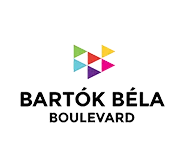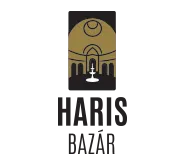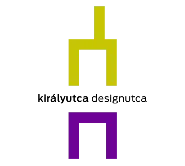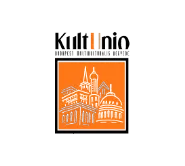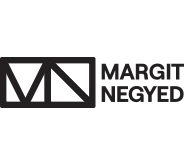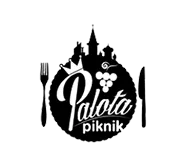About us
Budapest Chamber of Commerce and Industry (BCCI) has been looking for a solution for the lost commercial streets of Budapest where there were lots of empty shops and there was also the absence of a map for the commercial function of the shops. The Commercial Division and the Commercial Class studied a few options how to make the down town livable again. They found a successful example in Wien and based on it, they established a similar solution in Budapest. The first step was to establish the management of the shopping streets of Budapest.
This situation was felt by the businesses too, so as in the EU there were more and more themed streets in our city, like “FalkArt” in Falk Miksa Street, Ráday Street as “kultucca”, Liszt Ferenc Square as the square of the restaurants and Mikszáth Square too, Bartók Béla Boulevard as “Cultural City Centre” and Király Street as design street (the last one was one of the most dynamic bottom up initiative among the others).
These streets get institutional support from BCCI to make their development successful with professionalism and financing. These streets and areas are important tools of the Town Centre Management and Development. Our problems are not unique, all big cities went through them and they found the solution. There are lots of well functioning street or town managements in Western Europe cooperating with all the necessary participants (residents, enterprises, businesses and government). The most similar to us is Wien as we mentioned before so now get know their example.
Wien is very similar to Budapest in size and facility. In 1992 Wien established a shopping street management network. They support those streets that join their “forces” to make their own environment and business better. If they establish an association then the Chamber of Economy of Austria gives a manager to the street. Members can be merchants, companies or even public organizations (like schools, church, kindergarten etc). The main task of the manager is to keep the information flowing. But also they do marketing tasks, organizing events, or help to keep the streets clean and the shops rented. They work together with the members, making brainstorming events and information days.
In 2010 there were 113 shopping streets in Wien with 8500 members and 40 shopping street managers. It means 100 associations and 20 000 shops with 120 000 workers. Their total turnover is around 8,5 Billion EUR/year.
In addition, there are numerous places in Western Europe, street or city management, which are developed as their territory by the various levels (household, business and government) to work together. We are dedicated to using the best examples of a system to localize in Hungary, which serves both the economy and the sector’s development.
To establish a good system based on the good and successful practices we learnt from abroad to serve the development of the economy and these streets and areas.
BUM (Shopping Street Management) has many tasks as granting marketing tools for the streets, organizing events with the streets, researching and analysing data about the streets, giving information to the entrepreneurs of the streets. Also we have a joint project with the City to reduce the number of the emphty shops, it is called Kibérelem.hu (I will rent it).


